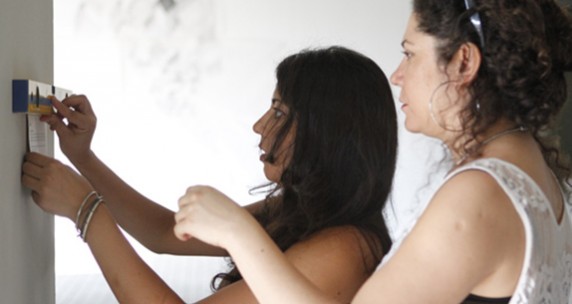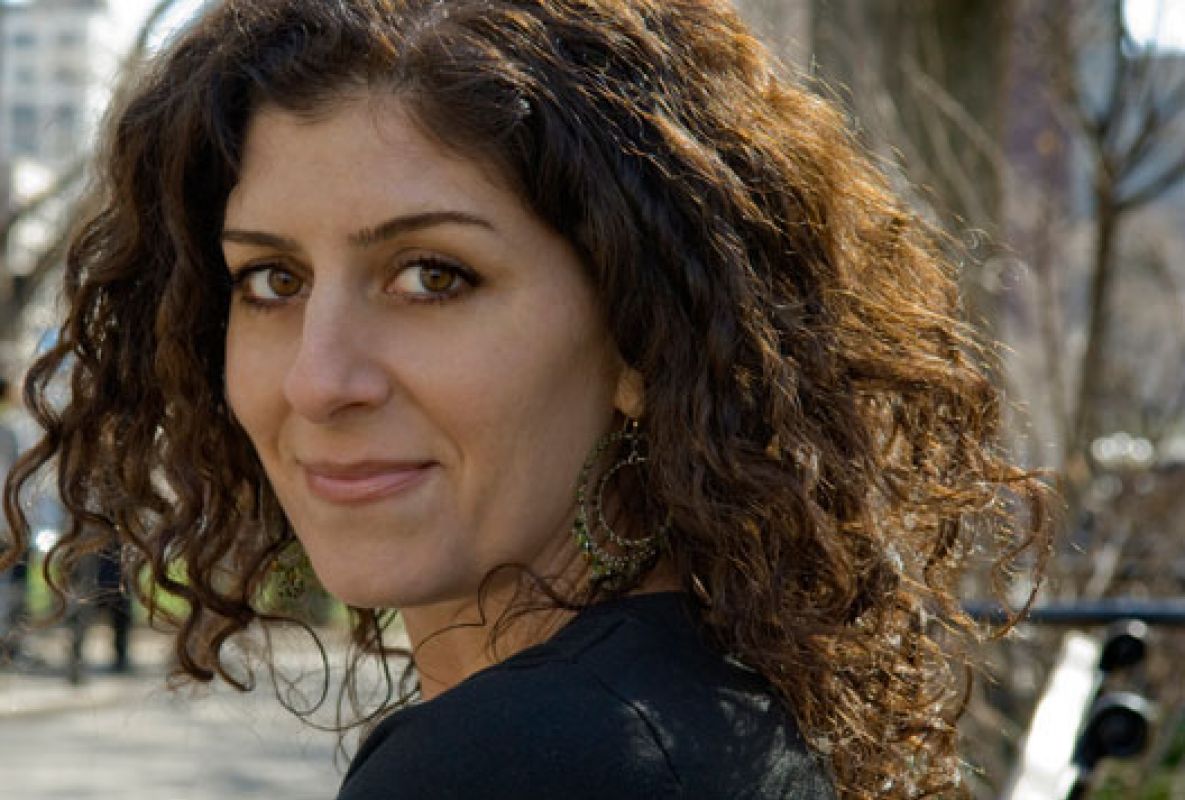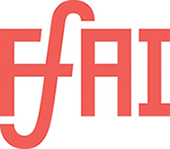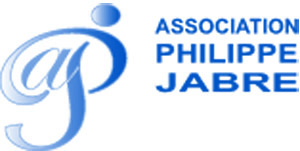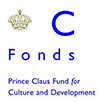Landing | Orientation & Seminars (Sep 8 - 30, 2011)
• One Hundred Thousand Solitudes | Tony Chakar
One Hundred Thousand Solitudes examines images that came out of the Arab revolutions and from different Occupy movements throughout the world. These images are singularities, singular moments, that lead to the declaration of the coming of Messianic times – without a Messiah: The dead coming back to life, rivers turning into blood, people speaking in one tongue, the last becoming first, the reversal of historical order, men turning into women and vice versa. These images were not witnessed first hand, but through social media (mainly Facebook and YouTube) – In other words, from deep within our solitude and isolation.
Tony Chakar is an architect and writer. His works include: All That is Solid Melts Into Air; Four Cotton Underwear for Tony; Rouwaysset, a Modern Vernacular (With Naji Assi); Beirut, the Impossible Portrait; A Window to the World; Various Small Fires; Memorial to the Iraq War; Yesterday’s Man (a play-performance with Rabih Mroue and Tiago Rodrigues); The Eighth Day (an ongoing project in the form of a lecture/performance). He teaches History of Art and History of Architecture at the Academie Libanaise des Beaux Arts (ALBA), Beirut.
• Public Space & Sphere in the Midst of Neoliberal Treats & Urban Transformations: News from Amman & Beirut | Rami Daher
We will explore the evolution of the concept of public space in the Arab world and address the current urban transformations which are taking place under the neoliberal real- estate development in the region. What is its effect on the nature of public space? Is there a chance for resistance and activism? How can we re-think public space? What attempts have been made for an alternative urban vision.
Rami Daher is a practicing architect and academician, and co-founder of TURATH: Architecture & Urban Design Consultants (1999-present), and Metropolis: Cities Research Council (2008- Present). Currently Associate Professor of Architecture at German Jordanian University in Amman, he has also taught at the American University of Beirut’s Department of Architecture & Design and at Jordan University of Science & Technology. Daher practice is invested in research related to politics and dynamics of public space, heritage conservation and urban regeneration, and he holds a Ph. D. in Architecture from Texas A&M University (1995). He has received numerous honors and was appointed Fellow at the Center for Heritage Conservation at Texas A&M (1999), Visiting Research Fellow at the Center for Tourism and Cultural Change at Leeds Metropolitan University (2002); he was also awarded a Fulbright Visiting Scholar Fellowship and served as a Research Associate at the Center for Middle Eastern Studies at the University of California, Berkeley (2001).
• The Campus & The City | Mirene Arsanios
The Campus and the City sets to explore the relation between Beirut and its universities, spatially and ideologically. Can universities be considered sites for the production of new thought and knowledge? How can this production be redistributed into the city’s public realm? These questions will be addressed by looking at examples of radical events, which, at a moment of history, presented the potential to structurally reshape the production and circulation of knowledge. What legacy did such events leave and how can they have us rethink today the potential of the university.
Mirene Arsanios writes, teaches art at the American University of Beirut, and is the co-founder of 98weeks research project. She studied art history in Rome and received an MA in Contemporary Art Theory from Goldsmiths College, London (2007).
• The Universe as a Time Capsule | Akram Zaatari AS ABOVE
Akram Zaatari‘s practice is tied to the practice of collecting. His work reflects on the shifting nature of borders and the production and circulation of images in the context of the current political divisions in the Middle East. His videos and photographic installations look into technologies of image production and communication and the notions of surveillance, exploringthe way different media apparatuses get employed in the service of power, resistance, and memory. As co-founder of the Arab Image Foundation, Zaatari is deeply invested in examining how photography served to shape notions of aesthetics, postures and social codes, therefore looking at the present through a wealth of past photographic records from the Middle East.
Postcolonial Cinema and Cultural Resistance | Kamran Rastegar (October 3- November 11, 2011)
This course investigates the historical links between cinema and colonialism/imperialism, addressing cinema’s role both in the colonial context and as a tool for resistance, framed within readings from a wide range of anti-colonial and postcolonial theorists.
Kamran Rastegar is Assistant Professor of Arabic Literature and a member of the faculty of the International Letters and Visual Cultures program at Tufts University, and is currently a visiting associate with the faculty of the Department of English at the American University in Beirut. He researches and teaches on topics relating to the cultural history of the modern Middle East, cinema and colonialism, and cultural production in post-conflict contexts. He has published a monograph, Literary Modernity Between the Middle East and Europe, and is currently completing a new title, Surviving Images: Postcolonial Cinema and Social Trauma.
Public Interventions | Alfredo Jaar (November 21-25, 2011)
This course considers visual practices as an integral part of a network of social and cultural relationships. It considers the city as laboratory: ?Beirut will be analyzed and explored as a social landscape where participants will be invited to intervene in public space. We will consider context, site, audience and presentation (communication) as an essential, structural aspect of the artistic production process. The objective of the course is to offer a first approach and basic understanding of the complexities of interventions in public spaces. Different contemporary strategies will be presented and analyzed in class, with a particular focus on critical and alternative productions in the fields of visual arts and architecture. Participants will be encouraged to create and stage their own public interventions or alternatively, to present their projects to the public as an installation, a web-based project, a hybrid representation or in the medium of their choice. The sessions will be structured integrating both practical and theoretical considerations and will encourage students to explore ways in which conceptual ideas can be developed creatively. This course is intended for students of art and architecture interested in working outside of the white cube and in strategies of communication in public space.
Alfredo Jaar is an artist, architect, and filmmaker who lives and works in New York. His work has been shown extensively worldwide, including the Venice Biennale (1986, 2007, 2009), Sao Paulo Biennale (1987, 1989, 2009) and Documenta (1987, 2002). He has realized more than 60 public interventions around the world. He is a Guggenheim fellow (1985) and a John D. and Catherine T. MacArthur fellow (2000), and in 2006 he received Spain’s Premio Extremadura a la Creación. He has lectured and taught at universities and institutions around the world, including Oxford and Cambridge in the UK, Ecole des Beaux Arts in Paris, Universidad de Barcelona in Spain, Konstfak in Sweden, Domus Academy in Italy, Weimar in Germany; as well as multiple others in the USA including Columbia, NYU, Cooper Union, The New School, SVA, Princeton, UCLA, SFAI and, upcoming in the fall, MIT and Harvard. Over 50 publications have been published on his work, these include La Politique des Images (2006), with essays by Griselda Pollock, Jacques Rancière, Nicole Schweizer and Georges Didi-Huberman; and It Is Difficult (2008), featuring essays by Gabi Scardi, Paolo Fabbri, Paul Gilroy, Bartolomeo Pietromarchi and Nicole Schweizer.
Writing the City | Willie Doherty (December 5-9, 2011)
This short course will explore how text(s) can be deployed to imagine and explore our relationship with public space. What role does fiction have? Can storytelling be a useful tool in creating knowledge and re-negotiating the production of meaning? Can the memory and history of specific events and places be retrieved and activated? How can text(s) be used as part of a strategy of intervention in public space? This short course will explore how text(s) can be deployed to imagine and explore our relationship with public space. What role does fiction have? Can storytelling be a useful tool in creating knowledge and re-negotiating the production of meaning? Can the memory and history of specific events and places be retrieved and activated? How can text(s) be used as part of a strategy of intervention in public space.
Willie Doherty was born in 1959 in Derry, Northern Ireland where he continues to live and work. Beginning in the early 1980s with black-and-white photographs overlaid with text, Doherty has used his native Northern Ireland landscape as the subject for his video and photographic work. Concurrent with his work in photography, the artist has developed a significant body of video installations which have been widely exhibited internationally: No Smoke Without Fire in “Cocido y Crudo” at Museo Nacional Centro de Arte Reina Sofia, Madrid (1994); Somewhere Else in the 1999 Carnegie International, Pittsburgh; Re-Run in the XXV Bienal de São Paulo (2002); and Ghost Story in the Venice Biennale (2007). In 2010, Doherty filmed for the first time outside of Ireland and this work, SEGURA was shown at Manifesta 8 in Murcia. In 2006, his work was the subject of a video survey exhibition organized by Laboratorio Arte Alameda in Mexico City and, in 2007, the Städtische Galerie im Lenbachhaus und Kunstbau in Münich and Kunstverein in Hamburg collaborated on an exhibition and catalogue, Willie Doherty: Anthology of Time-Based Works.
Subjectivation in the Age of Semiocapital | Franco Berardi (January 9- February 17, 2012)
In the sphere of semio-capital, if you want to increase productivity, you have to accelerate the info-sphere, the environment where information is circulating. What happens then to the social mind? Mental elaboration needs time. Emotional elaboration of information takes time. Think of attention. Attention is the activation of physical reactions in the brain, and also of emotional, affective reactions. Attention cannot be infinitely accelerated. This is why semiocapital is provoking psychopathology in the sphere of attention and in the sphere of sensibility and emotional intelligence. The problem of subjectivation and of autonomy has to be redefined starting from this new mindscape. Aesthetics, Psychotherapy and activism have to be linked in this new sphere.
Franco ‘Bifo’ Berardi is a writer, media-theorist and media-activist. He founded the magazine A/traverso and was part of the staff of Radio Alice, the first free pirate radio station in Italy; he is also co-founder of the e-zine recombinant.org and of the telestreet network. Like other intellectuals involved in the political movement of Autonomia in Italy during the 1970’s, he fled to Paris, where he worked with Felix Guattari in the field of schizoanalysis. He has contributed to various magazines including Semiotexte (New York), Chimeres (Paris) and is a regular contributor to the monthly ALFABETA2 (Rome). Berardi is the author of several publications including his last book The Soul at Work (Semiotext(e), Los Angeles, 2009). ?He is currently teaching at the Academy of Fine Arts in Milan, and is working on the project SCEPSI (European School for Social Imagination).
Changing the ways of using. Using modes of exchange. | Cesare Pietroiusti (February 27- March 9, 2012)
This seminar will explore the concept of use and using. Using things may be seen as consuming them, but it may also be defined in relation to a different process where using – materials, languages, or leftovers – produces further possibilities of meaning. Using in such way elements that are strongly related with and inserted into our social and economical rules (i.e. money) can create ‘planes of immanence’: rather than being followed and obeyed as usual, rules become part of a new social action. This kind of use can be defined as ‘playing’ or as ‘profanation’. Artworks can be conceived as attempts to continuously create new planes of immanence, and conditions of profanation. The movement or dislocation of transcendent rules towards becoming active and modifiable elements of a new social game runs parallel to see things not as ‘ends’, but rather as means, moments of passage and potentiality.
Cesare Pietroiusti is co-founder of the artist-run space ‘Jartrakor’ (Rome), ‘Nomads & Residents’ (New York), and of the magazine ‘Rivista di Psicologia dell’Arte’ (1979-1984); he is also one of the coordinators of the ‘Oreste’ projects (1997-2001). His practice focuses on problematic and paradoxical situations that are hidden in common relationships and in ordinary acts – thoughts that come to mind without a reason, small worries, quasi-obsessions that are usually considered too insignificant to become a matter of discussion, or of self-representation. In 1997 he published Non Functional Thoughts (ed. Morra, Napoli), a small book containing approximately one hundred useless, parasite or incongruous ideas to be realised as art projects by anyone. Some of these ideas have been executed by artists and curators, such as for the exhibition ‘Democracy!’ (London, 2000). In the last few years Pietroiusti mostly concentrated on the topic of the exchange, and on the paradoxes that arise in the folds of economic systems and rules. Pietroiusti teaches at the Laboratorio di Arti Visive (IUAV University, Venice) since 2004 and at the Arts Institute of Boston since 2010.
The Pocket | Hito Steyerl ( March 26-30, 2012)
This workshop will restage an experiment that Soviet writer Sergej Tretiakov realised with children in the early 1930s. He asked them to empty their pockets and consider the objects found there as well as their material histories and the reasons for winding up there. I´d like to repeat this experiment under the conditions of digital circulation and ask participants to work with the objects they carry on their bodies, including cellphones, USB ports etc. The workshop will also theoretically question the political economy of digital circulation by reading and discussing a number of texts by authors such as Brian Massumi, Suely Rolnik, Seth Price, and many others. How do sounds, images, objects and data travel? How are they being affected by their displacement and how is their affect displaced? This workshop is intended for people working both in the field of artistic practice and its reflection. Prior knowledge of basic technologies of digital reproduction is helpful.
Hito Steyerl is a filmmaker and writer who produces written and visual essays around questions of the global circulation of images. She teaches New Media Art at the University of Arts Berlin.
Hassan Khan (April 23-27, 2012)





